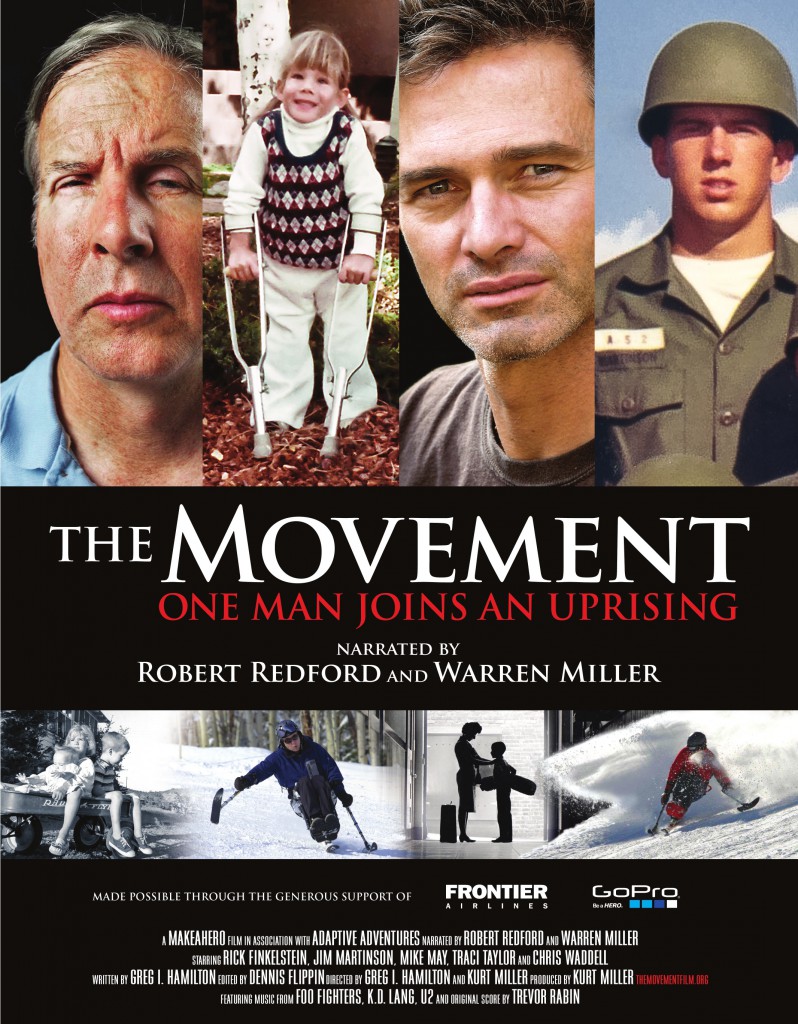August 26, 2013

The notion that sports & recreation should be, and can be, adapted to any ability level, also applies to the field of adaptive fitness.
Weight training & cardio workouts generally compose the category of ‘adaptive fitness’ within the world of adaptive sports.
The general idea, whether one is training to maximize performance in an adaptive sport, or interested in becoming more physically fit for recreational purposes, is to bring enhanced mobility, strength, and endurance to certain areas of the body while minimizing the risk of injury.
Many adaptive athletes & recreational participants are either partially or fully wheelchair-mobile, so it’s important to note that the majority of manual wheelchair users will experience upper-body (particularly shoulder) pain, at some point in life, above and beyond that which derives from one’s disability.
Therefore, a shoulder injury can be devastating for anyone who relies partially or solely on upper-body strength – more so for mobile wheelchair user. An injury will certainly affect one’s adaptive sporting life, but also may impact one’s independence.
Muscle imbalances are among the main causes of injury among disabled athletes. While it might be enticing to stick to the ‘eye candy’ muscles, such as biceps & triceps, one should focus on a well-rounded workout.
 Life in a manual wheelchair typically causes overuse of the muscles in the arms and shoulders and can lead to weakened back muscles, as a result of muscular inactivity.
Life in a manual wheelchair typically causes overuse of the muscles in the arms and shoulders and can lead to weakened back muscles, as a result of muscular inactivity.
The result may be bodily pain, bad posture, or serious injury that restricts an adaptive individual.
Though the health risks as well as the potential health rewards – both physical and mental – may be recognizable without a truly scientific understanding, it is often the perception that weight lifting and cardio workouts are to be reserved for ‘able-bodied’ individuals.
The process of maneuvering a gym, on foot, crutch, or wheelchair, is often intimidating and may feel out of reach.
However, with independent research and consultation with a certified trainer or advisement from a local adaptive sports group, it is possible to create an adaptive fitness routine that works to fit individual needs.
It is also recommended to pick a goal to aim towards, which is motivating, but reachable (through consistent and progressively more challenging workouts).
Remember, it is very important to consult a physician before engaging in any form of adaptive fitness. For more information on adaptive fitness, particularly weight training, stay tuned on Wednesday, August 28th for Make A Hero’s Guest Authored ‘Wheelchair Weight Training: 101’ program, by certified personal trainer & Paralympic Hopeful, Joshua Myers (photo).

*** Make A Hero is a registered charity & 501(c)3, creating donor-funded films and media content, inspiring individuals with physical disabilities to enjoy the freedom of adaptive sports & recreation.
Please help us spread the word about adaptive fitness, and all other heroes, by sharing this post through the social media buttons on this page, liking Make A Hero on Facebook, subscribing to The HERO Newsletter on the right side of this page, and / or giving a generous donation. Thank you! ***













Pingback: Make A Hero |
Pingback: Make A Hero | Anthony Robles, Story of A Hero - 'The Current' Film
Pingback: Make A Hero | "Wheelchair Workout" - Joshua Myers, Adaptive Personal Trainer - Guest Authored Blog Post